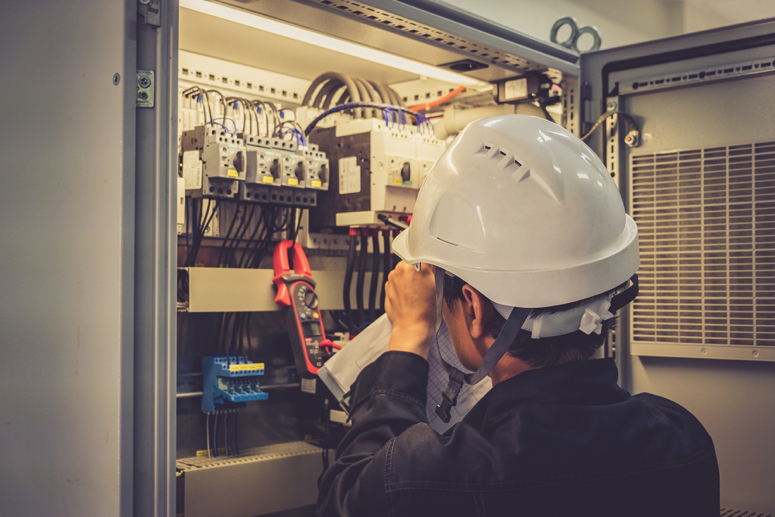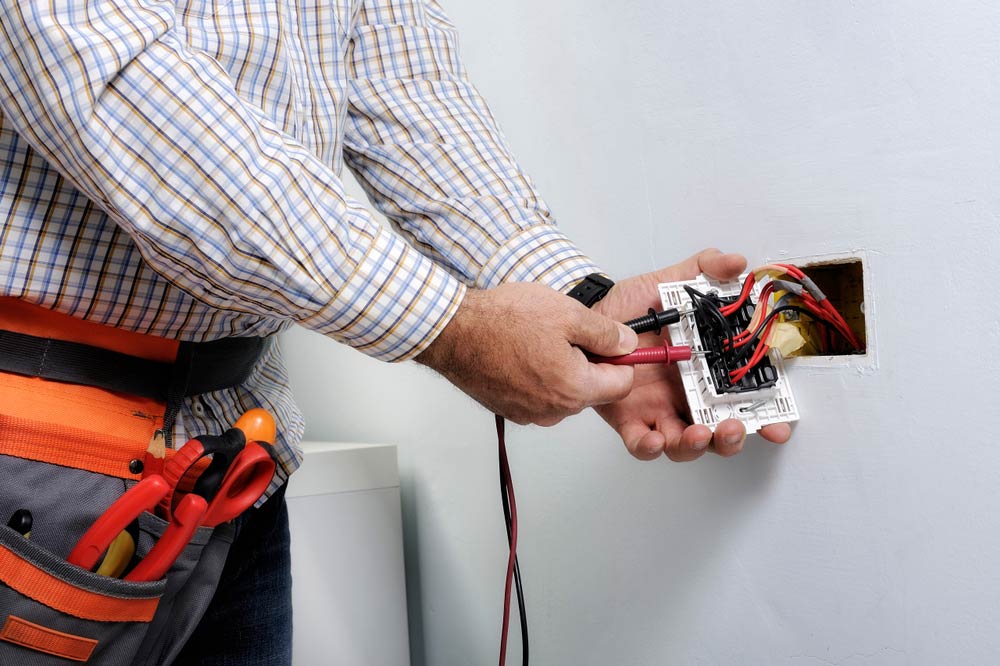Demystifying Electric Setup: Comprehending Codes and Regulations for a Legal and Safe Arrangement
In the world of electrical installation, adherence to codes and policies is vital to guarantee both legality and safety. The complexities surrounding electric job can be difficult, but acquainting oneself with the established requirements is vital to browsing this area with self-confidence. By understanding the details of the National Electric Code and regional structure codes, people can guarantee that their installments satisfy called for precaution and remain in compliance with the legislation. Nonetheless, the journey to demystifying electrical setup exceeds mere knowledge with laws; it requires an extensive understanding of just how to execute safe electrical practices efficiently.
Relevance of Electrical Codes
The adherence to electrical codes is essential in ensuring the safety and security and reliability of electric installments. Electric codes work as a collection of standards and guidelines that dictate the proper style, setup, and maintenance of electrical systems. These codes are established to lessen the risk of electric hazards, fires, and various other safety worries that may emerge from damaged electrical work.

In addition, electric codes are regularly updated to incorporate brand-new modern technologies, finest techniques, and precaution. Remaining updated with these codes is important for experts in the electrical industry to make certain that their work fulfills the most up to date security standards. Eventually, the significance of electric codes depends on producing a secure and efficient electrical infrastructure that profits both people and areas.
Secret Regulations for Safety And Security
Several essential regulations control the safety criteria in electrical setups. One vital guideline is the National Electric Code (NEC), which provides guidelines for safe electrical design, setup, and evaluation to secure people and building from electrical risks. The NEC covers facets such as electrical wiring methods, grounding, overcurrent security, and devices installation to make certain a risk-free electrical system.
Another important law is the Occupational Safety and Wellness Management (OSHA) requirements, which concentrate on the safety and security of employees entailed in electrical setups (BRE Automation Australia). OSHA guidelines consist of requirements for correct training, safety treatments, and individual safety tools to stop work environment crashes and injuries
In Addition, the International Electrotechnical Payment (IEC) criteria intend to balance electrical setup regulations on a worldwide scale. These criteria address problems like electrical equipment safety, electromagnetic compatibility, and power performance to advertise harmony and safety and security in electric installments worldwide.
Compliance with these essential policies is essential to guarantee the security and legality of electrical setups, shielding both individuals and home from the dangers related to electricity.
Comprehending National Electric Code
Key regulations such as the National Electric Code (NEC) supply vital guidelines for risk-free electric design, setup, and inspection to make certain the security of people and property from electrical hazards. The NEC, likewise known as NFPA 70, is a thorough collection of criteria for electric installments that are updated every three BRE Electrical years. It is established by the National Fire Defense Organization (NFPA) and is commonly adopted across the USA.
The NEC covers different elements of electric job, consisting of electrical wiring methods, grounding, overcurrent security, and devices setup. It aims to protect people and building by resolving possible dangers associated with electrical systems. Conformity with the NEC is generally enforced by local authorities having jurisdiction (AHJs), such as developing code officials and assessors.
Understanding the NEC is crucial for electrical contractors, developers, and assessors to make certain that setups satisfy the required safety demands. By sticking to the NEC guidelines, professionals can assist protect against electrical accidents and guarantee the reliability of electrical systems in household, business, and commercial setups.

Compliance With Neighborhood Building Regulations
Recognizing and sticking to local building codes is essential for ensuring the safety and security and compliance of electric installations within a specific territory. These codes detail specific needs for electrical installments, such as the type of wiring to be used, positioning of outlets, basing techniques, and tons capacities.
When it involves electrical installments, failure to adhere to neighborhood building ordinance can result in significant effects. Non-compliant setups might pose safety and security risks, raise the risk of electrical fires, and result in pricey fines or lawful problems. Furthermore, insurer might decline to cover damages resulting from installments that do not meet regional structure code needs. Consequently, it is critical for electrical contractors and specialists to stay informed about and strictly stick to the neighborhood building ordinance relevant to their projects.
Making Sure Safe Electrical Practices
Exercising strict adherence to developed safety and security procedures is important in the area of electrical installations to alleviate prospective risks and make sure the health of individuals and properties. Safety in electric work includes numerous elements, beginning with the correct training of workers associated with installation, upkeep, and fixing. It is important to comply with producer guidelines thoroughly when dealing with electrical components and equipment. Prior to starting any type of work, it is crucial to conduct a complete risk assessment to recognize possible dangers and apply safety nets. Using individual safety equipment (PPE) such as insulated handwear covers, safety and security glasses, and non-conductive footwear is non-negotiable to guard against electric shocks and arc flashes. Routine devices assessments, testing, and maintenance schedules are vital to identify and rectify faults prior to they rise right into safety and security risks. In addition, adherence to correct lockout-tagout treatments throughout maintenance activities is important to stop unintended energization of circuits. By focusing on secure methods, electric installations can operate efficiently while reducing the chance of mishaps or damages.
Final Thought
To conclude, adherence to electric codes and guidelines is crucial for guaranteeing the safety and validity of electric installations. Comprehending the National Electric Code and conformity with neighborhood building regulations are essential for a secure configuration. By adhering to these guidelines and exercising risk-free electric methods, people can prevent prospective dangers and ensure the correct functioning of their electrical systems.